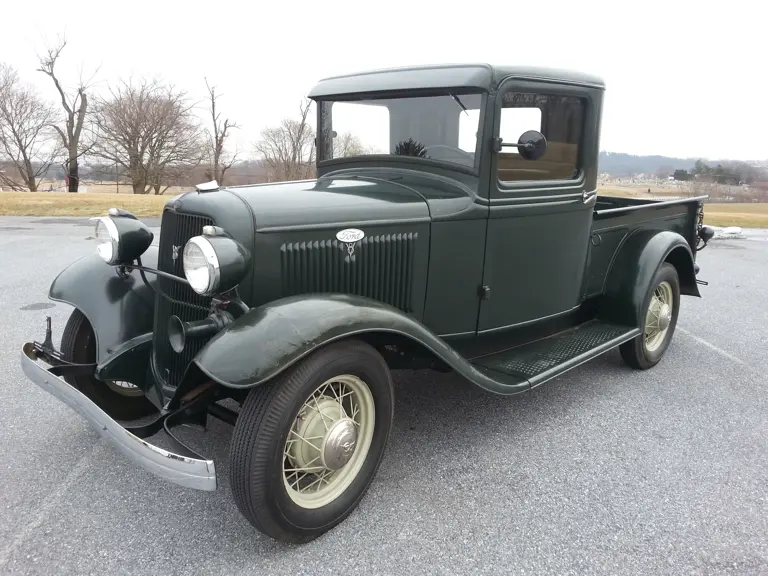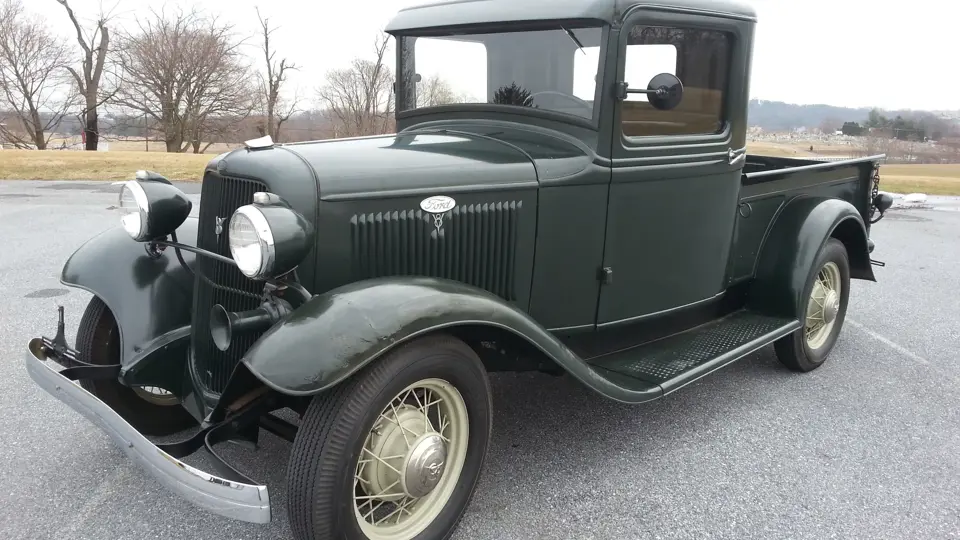Henry Ford championed the American farmer. He envisioned a country full of bucolic family farms and owned large tracts of farmland in Michigan, and he even developed an idealistic series of small factories to employ rural families, building subassemblies for Ford vehicles.
Over the years, he invested millions in the Fordson tractors to bring affordable mechanization to small farms. The Fordson tractor plant was the first large scale manufacturing and assembly operation to go into operation at Ford’s Rouge Plant after World War I’s “Eagle” subchaser production ended, the anchor of what would become the largest vertically integrated manufacturing facility in the world.
Curiously, however, Ford trucks were an afterthought. The first Ford trucks were aftermarket kits created by a wide variety of entrepreneurial manufacturers who perceived the need for commercial transportation and seized upon the opportunity to capitalize on it, creating modification packages to strengthen, lengthen, and raise the carrying capacity of the basic Model T. Even in the thirties, as Ford struggled against competition, and also against the economic collapse of the Great Depression, to utilize its manufacturing capacity, Ford’s enterprise concentrated all its creativity on passenger cars.
This example from 1934 is a good representation of the V-8 pickup. It was donated to the AACA Museum in 1998, prior to the museum even being built. It has a classic flathead V-8 engine and was painted several years ago by brush. The fuel system was gone over by the students in the Auto Restoration class at Penn College, during which time, an electric fuel pump was added. The truck was subsequently used by the AACA Museum as a vehicle to run errands around the museum. The Ford runs very well, and the interior has also been done at some point and rubber mats were cut out and placed on the floorboards to help protect the wood.
The Ford closed-cab pickup also has a tilt-out windshield, external windshield visor, painted wire wheels, chrome front bumper and a side-mounted spare on the passenger’s side. It helps to demonstrate the true importance of the flathead V-8 in the life of the American worker.
Finished in green with black upholstery; the Ford starts and runs very well, but since it has been part of a collection for the past few years, the buyer is advised that it may require some degree of re-commissioning before placing it into routine service.



 | Auburn, Indiana
| Auburn, Indiana


